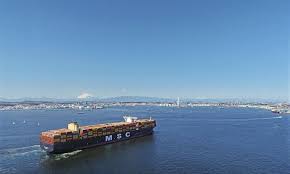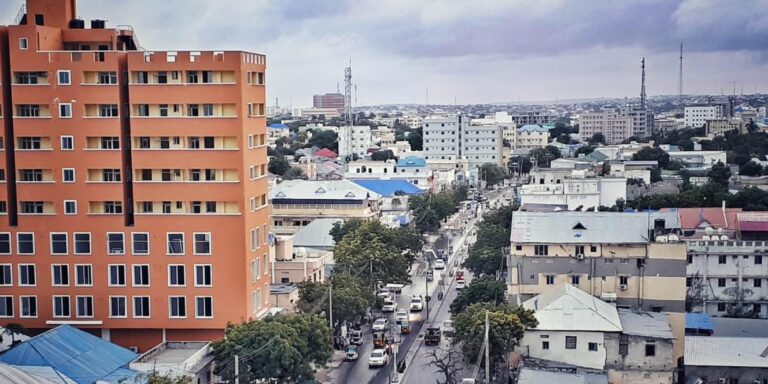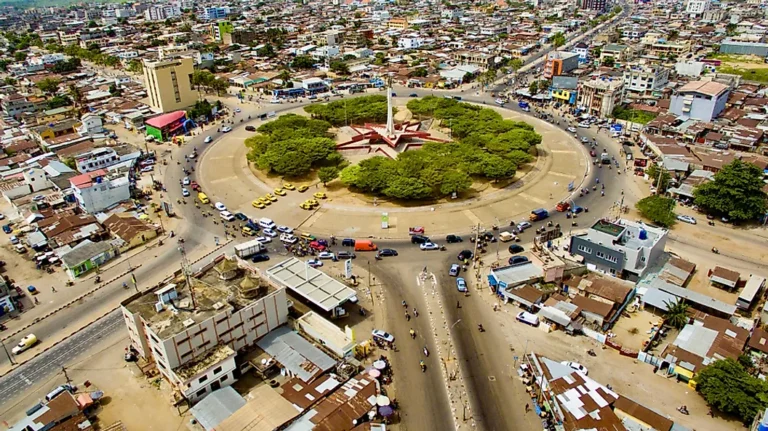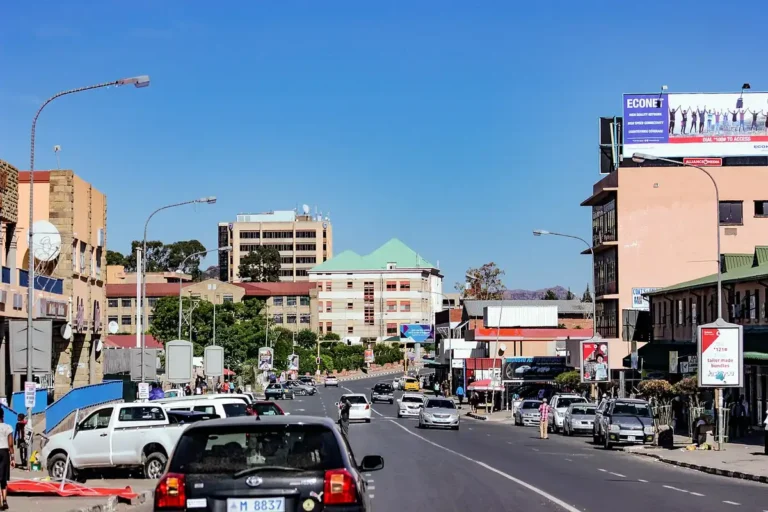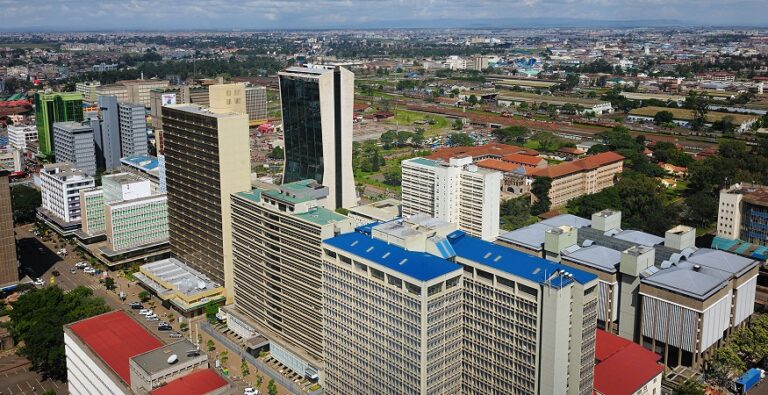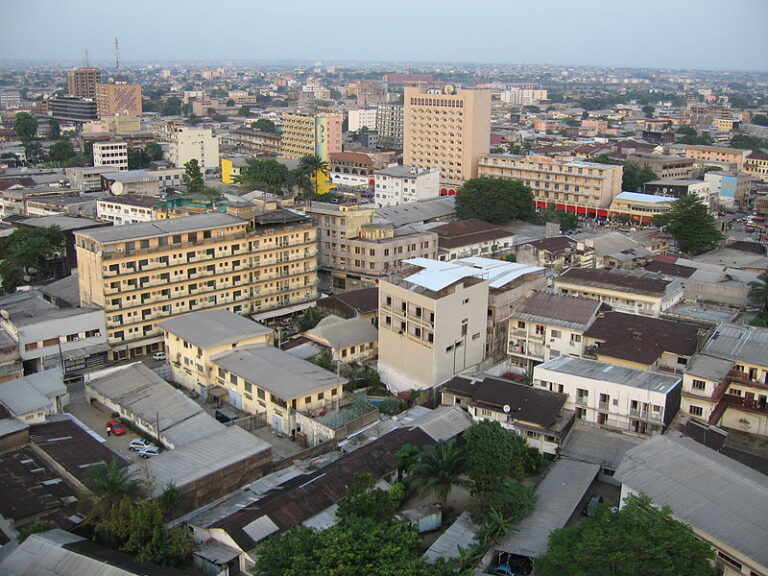The Republic of the Congo, also known as Congo-Brazzaville due to its capital Brazzaville, the Congo Republic, or simply either Congo or the Congo, is a country located on the western coast of Central Africa. The country is bordered to the west by Gabon, to its northwest by Cameroon and its northeast by the Central African Republic, to the southeast by DR Congo, to its south by the Angolan exclave of Cabinda, and to its southwest by the Atlantic Ocean. French is the official language of the Republic of the Congo.
The current population of DR Congo is 5,923,553 as of Thursday, June 29, 2023, based on Worldometer elaboration of the latest United Nations data.
Denis Sassou Nguesso is a Congolese politician and former military leader. He served a previous term as president from 1979 to 1992. During his first period as president, he headed the Congolese Party of Labour (PCT) for 12 years.
During the 2021 elections that took place on March 21, 2021, Sassou Nguessou, who faced six challengers for the presidency, came first once again.
The economy of the Republic of the Congo is a mixture of subsistence hunting and agriculture, an industrial sector based largely on petroleum extraction and support services. Government spending is characterized by budget problems and overstaffing. Petroleum has supplanted forestry as the mainstay of the economy, providing a major share of government revenues and exports. Nowadays the Republic of the Congo is increasingly converting natural gas to electricity rather than burning it, greatly improving energy prospects.
There is no documented definition of youth. On 27 January 2012, the Minister of Youth and Civic Education referred to youth as ages “0 to 35 years” in a speech to his department. However, Congo-Brazzaville is also a signatory to the African Youth Charter, which defines youth as 15-25 years. The Ministry of Youth and Civic Education, along with UNFPA Congo, developed a Code of Conduct for New Congolese Youth (NJECO).
The Government’s main development priorities are articulated in the national development plan for 2018–2022, which incorporates plans for achieving all the Sustainable Development Goals, emphasizing education, economic diversification through agriculture, and the opportunities offered by digital transformation enabling the use of innovations
At 1,861 km2 (719 sq mi), excluding the contested island of Mayotte, Comoros is the fourth-smallest African nation by area. The current population of Comoros is 924,886 as of Thursday, June 29, 2023, based on Worldometer elaboration of the latest United Nations data.
Azali Assoumani is a politician and military leader from the Comoros. Since April 2019, he has been the President of the Comoros. From 2002 to 2006 and from 2016 to February 2019, he was also president. The economy of the Comoros is based on subsistence agriculture and fishing. Comoros has inadequate transportation links, a young and rapidly increasing population and few natural resources. The low educational level of the labor force contributes to a subsistence level of economic activity, high unemployment, and a heavy dependence on foreign grants and technical assistance.
Its development is also hampered by weak infrastructure, particularly in the energy sector. According to World Bank projections, the tourism and telecommunications sectors are expected to drive economic activities in years to come. The country has strong social inequalities and nearly 18% of the population lives below the international poverty line set per capita per day.
The key development documents are Comoros – Country Strategy Paper 2021-2025, Emerging Comoros Plan 2030, and Country Partnership Framework for the Union of Comoros for the period 2020-2024.
.
Business opportunities in the Republic of Congo
The first opportunity for investment in Congo Brazza is oil because this country is the sixth largest producer in sub-Saharan Africa. Agriculture, tourism, transportation, and energy are promising sectors. While only a fraction of the size of the oil industry, forestry is currently the second-largest sector of the economy and continues to expand. Congo has much unused arable land, providing potential for mechanized agriculture and associated food processing endeavors. According to recent estimates, only four percent of Congo’s arable land is being farmed.

